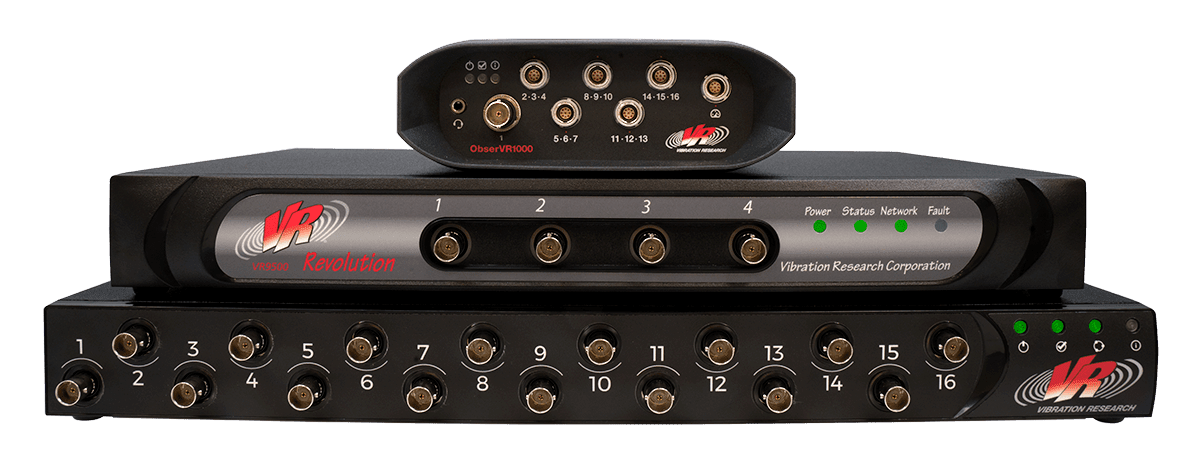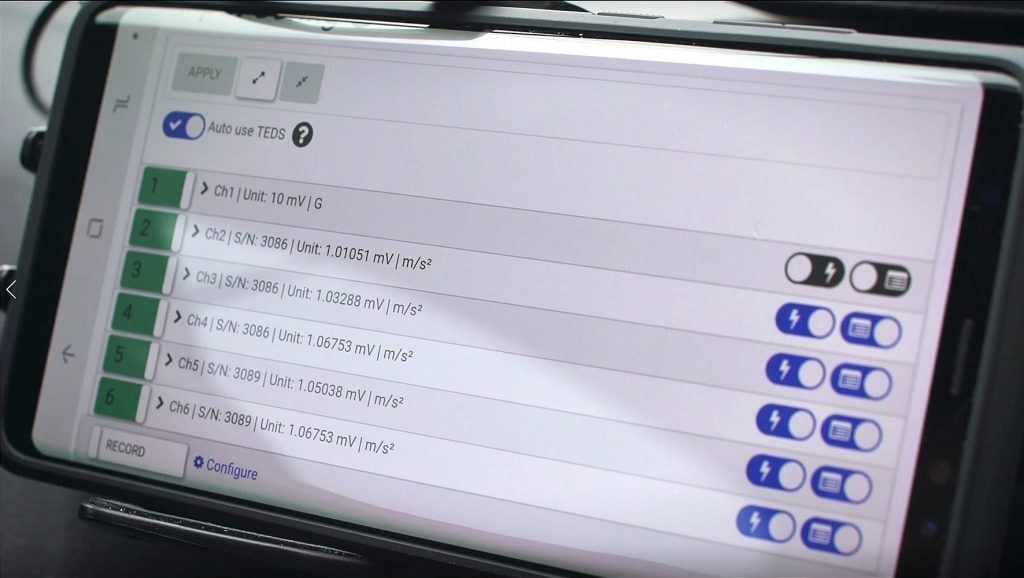Analog and Digital Signals
October 19, 2021
Fundamentals
Waveform Display
Domains for Analysis
Random Vibration
Back to: Introduction to Vibration Signals
A signal relays information in a closed-loop vibration testing system. The drive signal from the controller to the amplifier is analog. An analog signal is a sinusoidal wave and delivers information through continuous changes.
The vibration controller, amplifier, shaker, and transducer are interchangeable because the drive analog signal is simple. However, modern controllers are digital instruments and can process more complex digital signals.

Analog and Digital Signals
A digital signal is a square wave; it changes between two levels and delivers information in a binary form. Digital functions can employ more sophisticated algorithms such as the fast Fourier transform (FFT).
Compared to analog systems, digital systems are more stable, and “the sampling frequency can be controlled to a high degree of accuracy.” In turn, this improves frequency linearity.1
Still, an analog signal is useful. A peak detector or peak-peak detector in an analog signal can be used to determine the peak value or true peak-peak value, respectively. Similarly, a root-mean-square (RMS) detector in an analog signal can detect the RMS.
Vibration Control
Drive and input signals are analog signals. Controllers perform an analog-to-digital conversion and apply digital signal processing to calculate an appropriate output. The goal is to adjust the drive output until the control matches the demand. The digital signal is then converted back to analog before being released as a drive output.
 All controllers process signals with digital conversion. The method is faster, easier, and allows for more complex calculations. In fact, all modern signal processing is performed on a digitized signal.
All controllers process signals with digital conversion. The method is faster, easier, and allows for more complex calculations. In fact, all modern signal processing is performed on a digitized signal.
Analog-to-Digital Conversion
First, a dynamic signal analyzer measures the analog signal. After any necessary conditioning, an analog to digital converter (ADC) digitizes the analog signal. There are several methods of ADC that vary in complexity. Lastly, the digital signal processor (DSP) processes the digital signal and performs any necessary calculations.

Auto use TEDS option in VR Mobile.
Sampling
Taking measurements of a waveform at a set interval and structuring them as a sequence of values is known as sampling. ADC, therefore, is a type of sampling.
While sampling is necessary, it can result in signal distortion. Analog input is continuous, while the digital output is a discrete function with a finite number of states. Information is lost during ADC and, distortion is introduced into the signal as a result. Some methods of ADC reduce the severity of the distortion.
For example, delta-sigma analog-to-digital conversion is an advanced technology that incorporates a delta-sigma modulator and DSP in the form of a digital/decimation filter.
For the purpose of this course, however, it is only necessary to understand several fundamental concepts about sampling.
- The sample rate (Fs) denotes the number of samples acquired per second.
- The Nyquist rate is the minimum sample rate to retain all information from the signal.
- Sampling over the Nyquist rate is called oversampling and under the Nyquist rate is under-sampling.
A distortion known as quantization noise occurs when a continuous waveform is forced into a discrete set of values. As mentioned previously, ADC converts a continuous analog input into a discrete digital output. Thus, ADC introduces quantization noise.
Learn more about this advanced topic in the Sampling & Reconstruction course.
